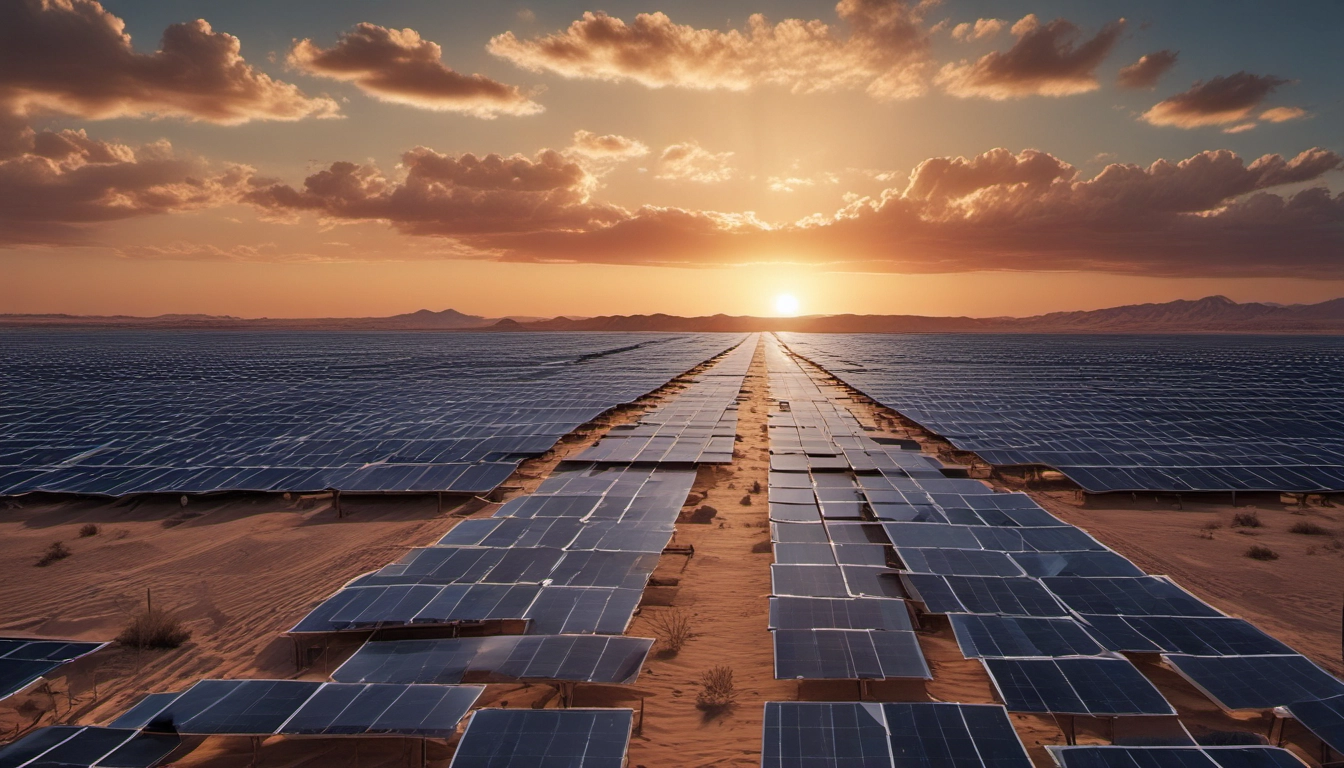Solar Panel Cost India 2025: A Complete Guide
Clear 2025 costs for rooftop solar in India: cost table for 1–10 kW, subsidy steps (PM Surya Ghar), and a simple payback example to plan your install.

Quick answer
Typical rooftop solar costs in India (2025): 1 kW = ~₹45,000–65,000 before subsidy. After the central PM Surya Ghar (PM-SGY) subsidy, small systems can drop by ₹30,000 or more. A common 5 kW home system usually ends up around ₹1.97–2.92 lakh after subsidies in many places. This guide shows a clear cost table, how the subsidy works, and a simple payback example.
Why this matters
India added lots of solar recently and national targets are growing fast. See recent capacity milestones at PVKnowHow and official progress at MNRE. That push makes prices competitive and incentives available. For a homeowner or small business, knowing true costs helps plan budgets and estimate savings.
Cost table: typical prices (2025) for common system sizes
| System size | Typical pre-subsidy cost | Typical post-subsidy cost (indicative) |
|---|---|---|
| 1 kW | ₹45,000–65,000 | ~₹15,000–35,000 (with PM-SGY ₹30,000 subsidy for 1 kW) |
| 3 kW | ₹1,35,000–1,95,000 | ₹95,000–1,50,000 (state support varies) |
| 5 kW (typical home) | ₹2,25,000–3,25,000 | ₹1,97,000–2,92,000 (common range after subsidies) |
| 10 kW (larger homes / small business) | ₹4,50,000–6,50,000 | ₹3,50,000–5,50,000 (depends on slab subsidies and local schemes) |
Sources: market ranges aggregated from SolarSquare, Amplus, and industry summaries like GSE Renewables.
What is included in the price?
- Solar panels (mono or poly). Monocrystalline panels cost more but make more power per roof area.
- Inverter (on-grid or hybrid for batteries).
- Mounting structure, cabling, earthing, and labor.
- Permits, installation testing, and DISCOM or net metering charges.
- Optional: batteries for backup (raise cost a lot).
How the PM Surya Ghar Yojana (PM-SGY) helps
The PM-SGY scheme launched in 2024 aims to support rooftop solar for many households. The government gives set subsidy amounts for small rooftop systems. For example, the scheme lists ₹30,000 for 1 kW and ₹60,000 for 2 kW in some cases. Read the official scheme summary at PM Surya Ghar Muft Bijlee Yojana.
Simple checklist to claim PM-SGY subsidy
- Check eligibility: homeowner identity, address proof, and land/roof ownership.
- Get at least two quotes from MNRE-registered installers.
- Choose system size (1–5 kW common for homes).
- Submit application to the local DISCOM or the nodal portal with required documents.
- Installer will help with technical tests and commissioning; subsidy is applied as per scheme rules.
For details and latest steps, refer to the MNRE updates at MNRE Physical Progress.
Factors that change your final cost
- Location and roof type (flat roofs need extra structure).
- Panel quality and brand (BIS/IEC certified panels cost more).
- Inverter type and warranty.
- Whether you add batteries (off-grid or backup systems cost much more).
- DISCOM net-metering rules and connection fees in your city.
Simple payback example (5 kW)
Numbers are illustrative and simple to follow.
- System size: 5 kW.
- Average energy production: ~4 kWh per kW per day → 5×4 = 20 kWh/day → 7,300 kWh/year.
- Electricity price: ₹8 per kWh (change for your bill).
- Annual savings: 7,300 × ₹8 = ₹58,400.
- System cost after subsidy: ₹2,40,000 (example mid-range).
- Simple payback: ₹2,40,000 ÷ ₹58,400 ≈ 4.1 years.
Even if your local solar yield or tariff is lower, payback often falls in 4–8 years for many homes. After payback, electricity is near-free for the system life (usually 25 years for panels). This matches industry analyses and long-term savings shown by providers like Freyr Energy.
How to pick a supplier
- Check certifications: ALMM, BIS, IEC and installer registration.
- Ask for itemized quotes (panels, inverter, mounts, labor, warranty).
- Ask about performance ratio and installation testing (flash test).
- Check reviews and ask for local references.
Big local installers and manufacturers include examples found on sites like Bluebird and GSE Renewables. Make sure warranties cover panels and inverters and that the installer handles net-metering paperwork.
Common questions
Do I need batteries?
Not if you only want to reduce your electricity bill and your area allows net metering. Batteries add heavy upfront cost for backup power. For full backup, pick a hybrid system and expect higher payback time.
Will solar work in my state?
Yes. Sunlight varies; states like Rajasthan and Gujarat get more sun. Official capacity records and state breakdowns are available at MNRE and industry reports like PS Market Research.
How long do panels last?
Panels usually last 25 years or more. Performance slowly drops but warranties typically promise 80–90% output after 25 years.
Where to read more
- Capacity and growth news: PVKnowHow.
- Policy and official schemes: PM Surya Ghar (official) and MNRE progress.
- Market forecasts: PS Market Research and commentary from Reuters.
Next steps (2-minute plan)
- Estimate your roof size and daily use from last three electricity bills.
- Use the cost table above to pick a tentative system size (3–5 kW for most homes).
- Get 2–3 itemized quotes from MNRE-registered installers and check subsidy help.
ROI insight: For many homeowners, solar cuts electricity bills and pays back in under 6 years in 2025 market conditions. Implementation tip: Start with a 3–5 kW on-grid system; add batteries later if needed.
FAQ
Can I get zero-cost installation?
Not usually. Subsidies reduce cost but rarely cover full installation. Some schemes and state offers reduce upfront payment—check local DISCOM programs.
Is net metering available everywhere?
Most states allow net metering but rules and credit rates vary. Confirm with your local DISCOM.
Where do I claim subsidy help?
Contact your DISCOM and the installer. Official details are in the PM-SGY press note and the MNRE portal.
"India's rooftop and utility solar growth is driving better prices and more support for households." — Sources: PVKnowHow, MNRE
If you want a ready checklist for the PM Surya Ghar application, download a one-page PDF from your installer or the local DISCOM and follow the 6-step checklist above.


